Australian researchers have improved concentrated solar power technology to increase the system's operating temperature to more than 800 degrees Celsius.
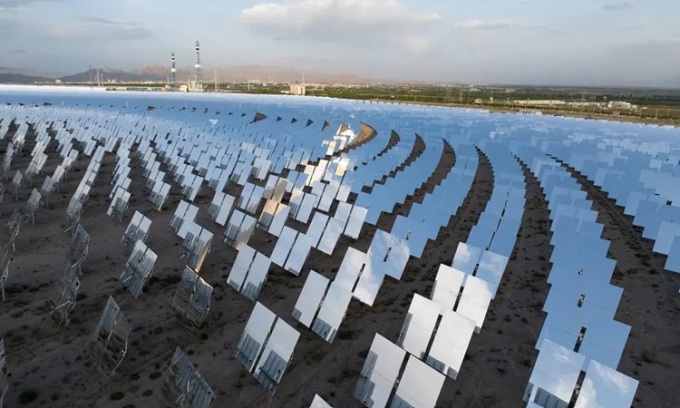
A large-scale CST system requires about 10,000 large mirrors to collect solar energy. Photo: iStock
Australia's national science agency CSIRO has made a major breakthrough in the development of concentrated solar power (CST) technology, making it more feasible in the country and elsewhere in the world, Interesting Engineering reported on October 29. By using large mirrors or lenses to focus sunlight onto a narrow area called a receiver, CST can produce heat or electricity. For the first time, CSIRO researchers were able to reach a temperature of 803 degrees Celsius at the receiver.
“This is important because it creates the opportunity to store more renewable energy when combined with our patented heat exchanger,” said Dr Jin-Soo Kim, CSIRO’s solar technology leader. “This new technology is essential to providing low-cost renewable energy at a scale sufficient to decarbonise Australia’s heavy industry. It is the result of more than eight years of development and thousands of hours of work.”
Kim and his colleagues used ceramic beads that can withstand temperatures of more than 1,000 degrees Celsius to optimize the CST. These beads simplify the system and cut energy costs by both absorbing and storing heat from the Sun, marking a major improvement over conventional CST designs that use heat transfer fluids that can only withstand 400 to 600 degrees Celsius. The achievement could provide Australia with an alternative to photovoltaic solar power, which is limited in many ways.
“Photovoltaics provide electricity when the Sun is shining while CSTs collect energy from the Sun, store it and then make it available for use when the Sun is not shining, such as at night or on cloudy days,” explains Dominic Zaal, director of the Australian Solar Thermal Research Institute.
Currently, the CSIRO’s Newcastle test system consists of 400 mirrors. However, a full-scale system could require more than 10,000 large mirrors, generating the same amount of electricity as a 100 MW coal plant. But it is a cost-effective solution, with a payback period of five years.
An Khang (According to Interesting Engineering )
Source link


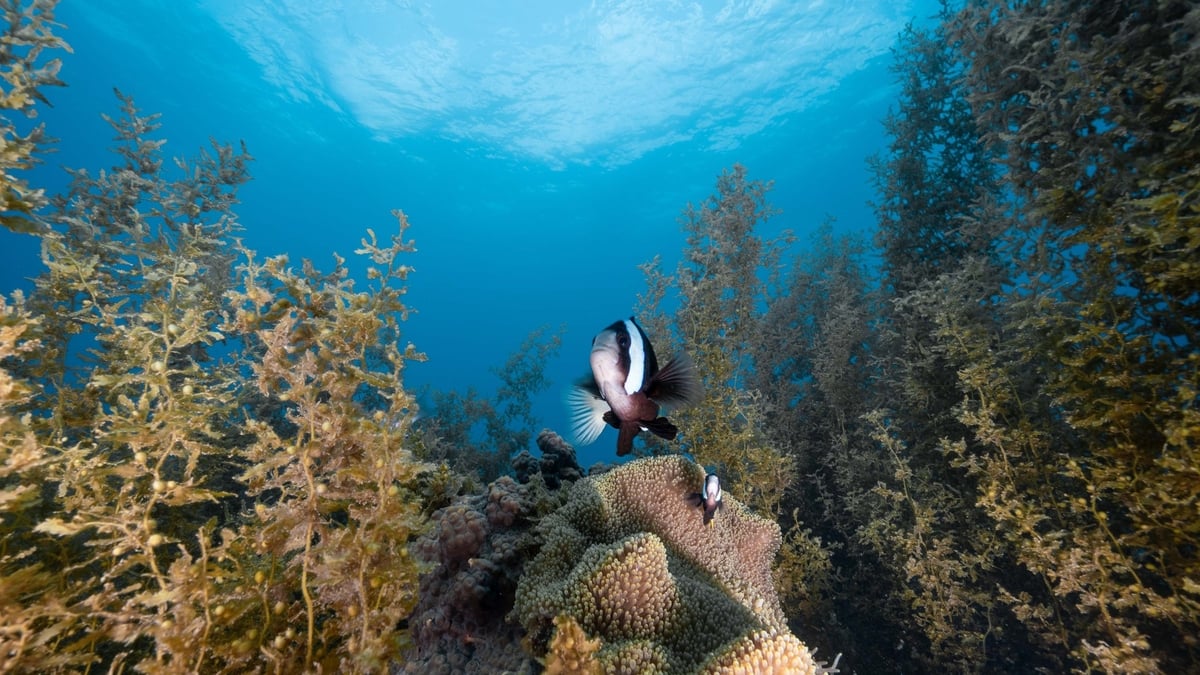
![[Photo] Prime Minister Pham Minh Chinh receives leaders of Excelerate Energy Group](https://vphoto.vietnam.vn/thumb/1200x675/vietnam/resource/IMAGE/2025/5/29/c1fbe073230443d0a5aae0bc264d07fe)
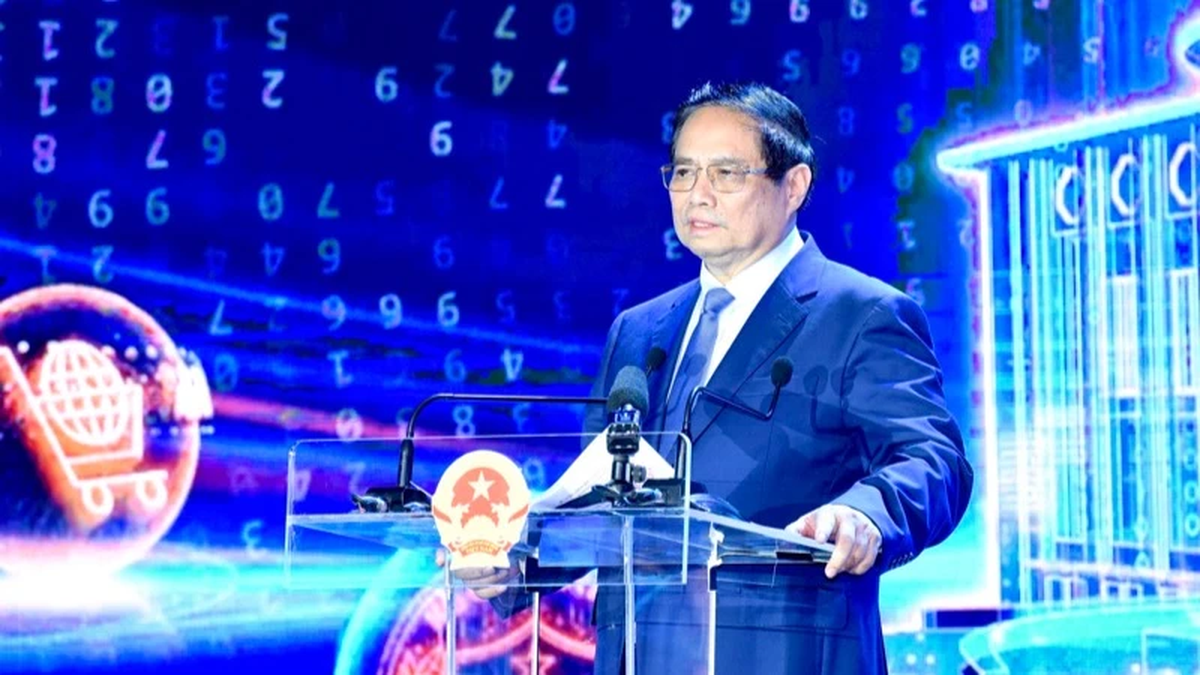
![[Photo] Prime Minister Pham Minh Chinh attends the event "Digital transformation of the banking industry by 2025"](https://vphoto.vietnam.vn/thumb/1200x675/vietnam/resource/IMAGE/2025/5/29/0e34cc7261d74e26b7f87cadff763eae)




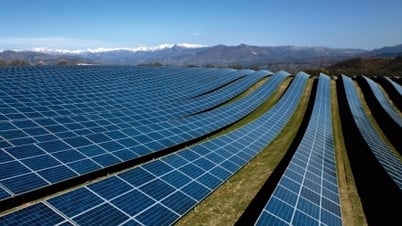




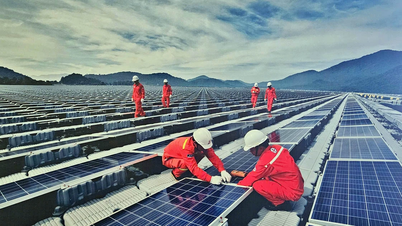

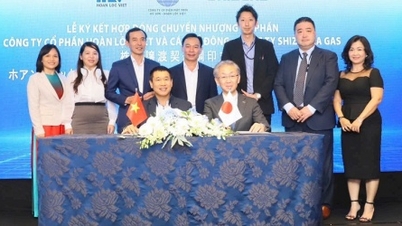
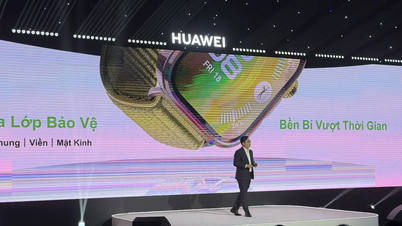


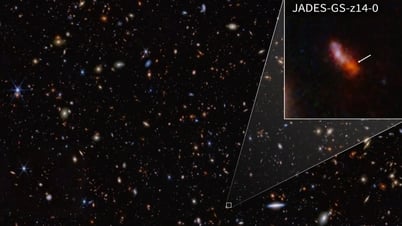
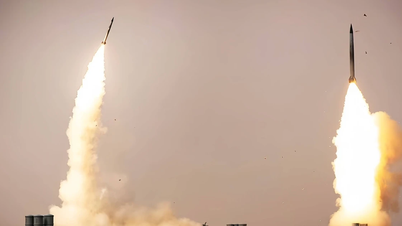


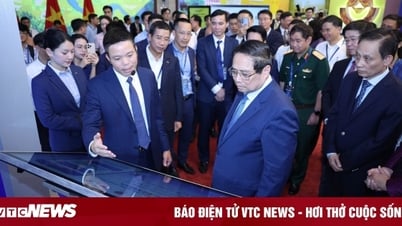
































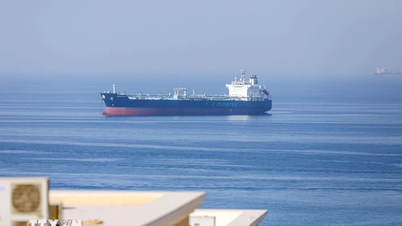







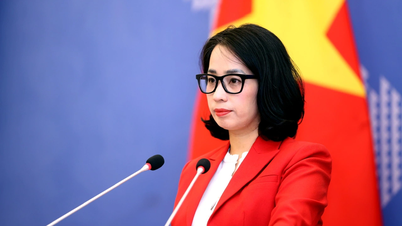






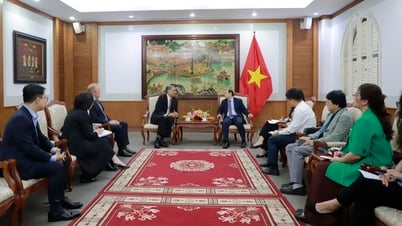
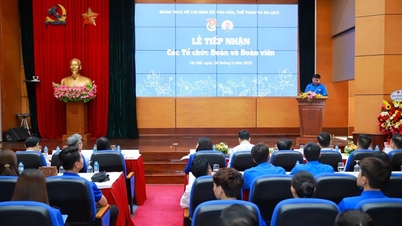
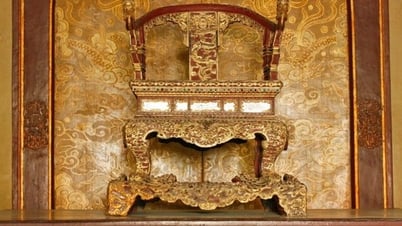
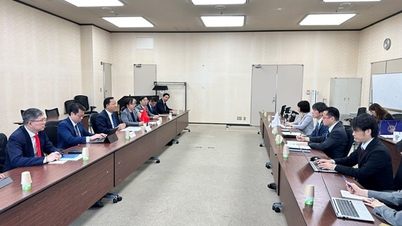

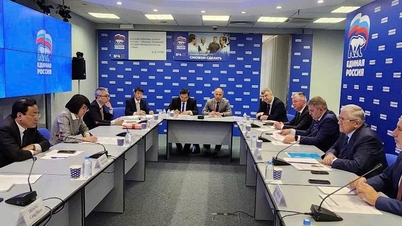


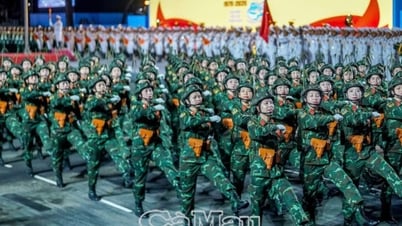

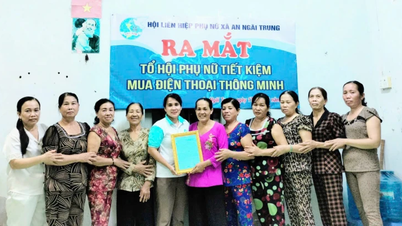

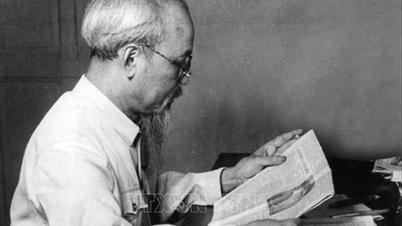


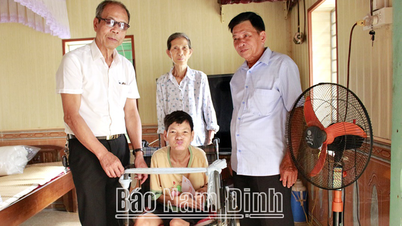

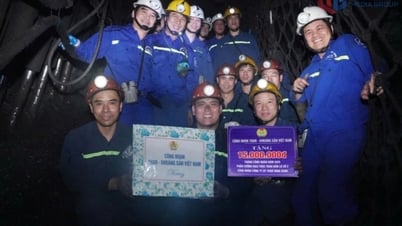


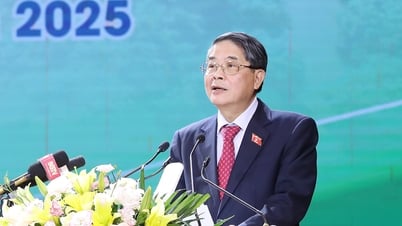











Comment (0)